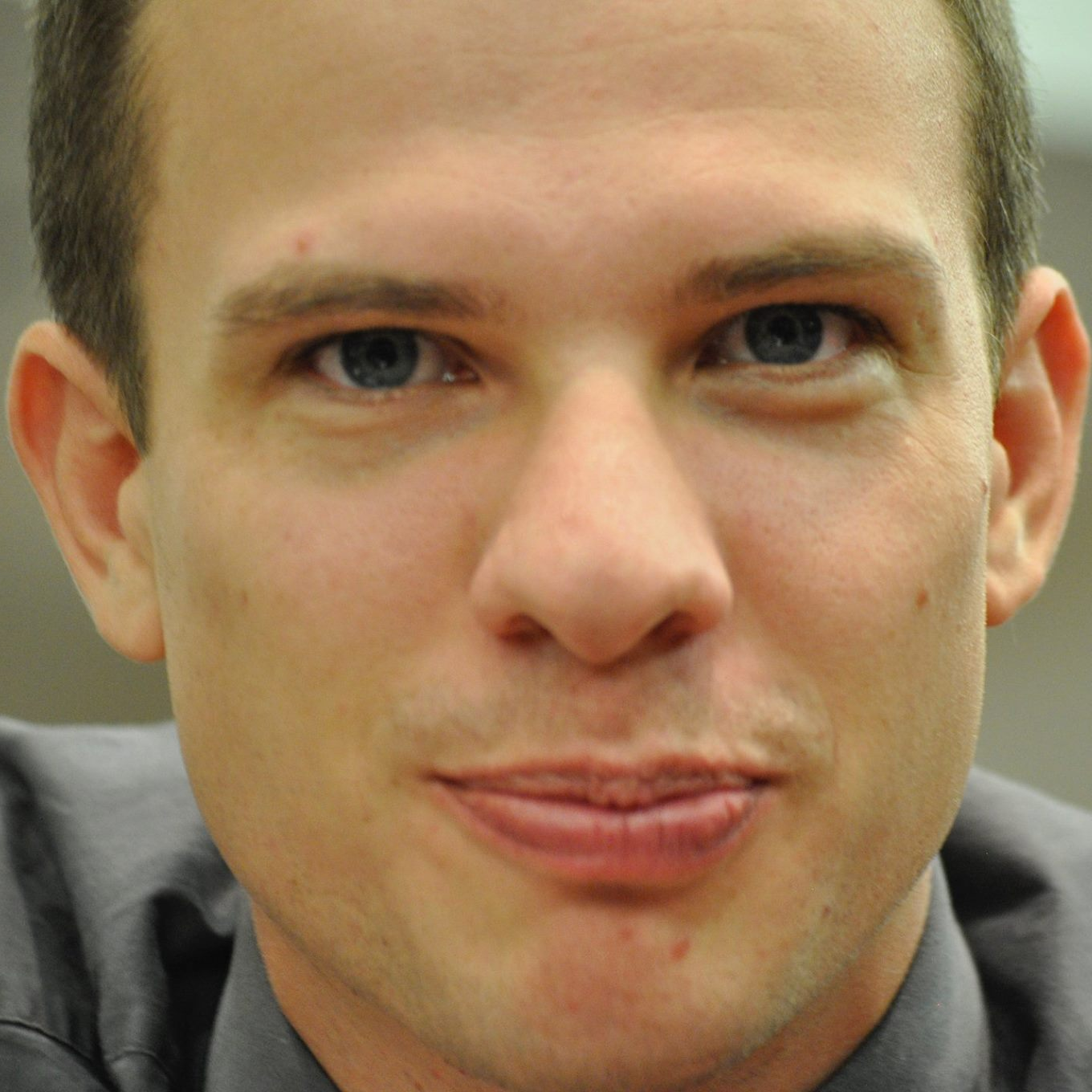Frequently Asked Questions
As with the rest of this website, this page probably won’t change for months at a time.

By ethan pritchard
What’s the deal with the tire machine? Do we really get to use it?
If you’ve ever changed a tire by hand, you know how much of a pain in the butt it is. That’s why the K&L Pneumatic Tire Changer was the first piece of machinery in here. It makes the job or replacing tires so much easier. You are working at waist level and the machine is attached to the ground and strong enough to make quick work of a swap-out.
But, beware! It can also mess you up in a variety of ways. It would not think twice about breaking your leg, snapping your finger or PINCHING YOU! So for these reasons, and so you don’t mess up our machine, we have to certify you to use the machine.
The Tire Machine Certification Class is a one on one demonstration where you operate the machine with direction and supervision. Once you are certified and demonstrate proficiency, it is only $40 to come in and use the machine on your own.
If learning to use large(ish) machinery isn’t your thing, tire changes start at $60 off the bike and start at $80 still on the bike. That includes the price of tire disposal.
If I bring a bike in that hasn’t started in years, where are you/we even going to start diagnosing the issue.
This is only a brief explanation of the process of diagnosing a no-start. Usually, running through and eliminating systems is a good way to find the cause of the issue. There are handfuls of ways to diagnose each component listed below but if I included everything, this article answer would be a shit-show. If you would like to come in and diagnose the issue together, chances are I’d be happy to do that with you.
It is best to think about your bike in terms of systems. For instance, you have your starting system which is responsible for starting the bike. This should be considered to be separate from your charging system which charges the battery. The battery receives power from the charging system and supplies power to the rest of the bike via the wiring harness. If the battery is even a little dead, it can cause the bike not to start, even if it is turning over the engine, especially with fuel injected motorcycles.
In order for the starting system to work fully, a myriad of switches, sensors ans buttons need to be operational in addition to the wiring connecting all of them. Some common causes of a faulty starting system can be worn out ignition switches and starter buttons, kill switches, neutral safety switch failures, exposed wires where bend and rubbing occur in the wiring harness.
Another system is the fuel delivery system. On carbureted motorcycles, these systems are typically mostly mechanical where gravity, manually operated valves and aerodynamics are operating the components. On cruisers and other bikes styled with tanks that drain at a lower level than where the carburetors sit, there has to be a fuel pump to pump the fuel back up into the carbs. Carbureted bikes also typically have a fuel cock or “petcock” that is attached to the bottom of the tank and delivers fuel from the tank to the carbs. They need to be checked for operation before assuming that another component of the fuel system (like a carburetor) is the cause of a non-firing engine. Keep in mind, many petcocks have a filter on them that needs to be replaced periodically and can hinder fuel flow if clogged.
If your bike is fuel injected, you should hear the fuel pump turn on when you turn on the key with the kill switch on, in neutral with the kickstand up and the clutch pulled in (depending on your bike). If it does and the bike doesn’t fire, check to see if you have spark by removing one of the spark plugs, plugging it into the plug wire out of the engine and laying it against the block to ground it out to see if it makes a spark. If you have spark, you may have clogged injectors.
I don’t really want to write any more about this. Do your best to figure it out. We are always here to help
Please send me your questions by using the messaging portal on the Contact Page. I’ll do my best to respond to your simple questions. Nothing too crazy now. I’m not diagnosing your bike in the FAQ section.
